The automotive industry has always been obsessed with the future, with manufacturers continually trying to predict and influence the design and technology trends that will shape the vehicles taking to the roads in years to come. And those efforts are frequently shown to the world in the form of concept cars.
The concept car description is a broad one, and such machines take on many forms. Many are essentially previews of near-future vehicles, shown in order to build interest and understanding of a key new model. Others are designed to highlight and showcase specific technology, features or design elements. Some are far more conceptual, trying to predict how the car will look at some randomly selected future date. Often they’re essentially test mules, designed as much for research and development as building public interest. And yes, some are barely finished models, quickly thrown together when a firm realises a motor show is fast approaching and it doesn’t actually have anything to display.
Will the expected decline of the motor show lead to the end of concept cars? It seems unlikely. More than filling a slot on a show stand, such machines are a useful tool for the industry. To know where the car world is heading, concept cars are the best place to start – especially as the industry prepares for the rise of electric, connected and autonomous technology.
Take the just-launched Nissan Ariya, which is nearly identical to the previous concept of the same name. The 2016 Volkswagen ID Concept was used to launch the MEB electric car platform and ID sub-brand, and its design was virtually unchanged for the ID 3 production car. Notably, that first ID Concept was followed by a slew of others – including the Crozz, Buzz, Vizzion and Roomzz – that will serve as a roadmap for the ID family in the coming years.
Some concepts merge conceptual technology with previews of production cars. The recent Renault Morphoz showcased a ‘shape-shifting’ extendable vehicle and previewed the firm’s upcoming production electric SUV. Audi recently produced a series of four future-gazing concepts that showcased its vision for shared motoring via subscription. But within were previews of an MEB-based small hatchback (the AI:ME) and a new supercar.
Even concept cars that don’t become production machines can showcase the future. Volvo developed the new Polestar brand to utilise a number of sporty Volvo concept cars that didn’t fit the brand’s current identity. Elsewhere, Volkswagen developed a series of supercar concepts between 1997 and 2001; used to develop the unusual and hugely powerful W12 engine, they set a series of speed records – and although they didn’t result in a production car, the development work was rolled into the mighty W16 engine that powered the Bugatti Veyron.

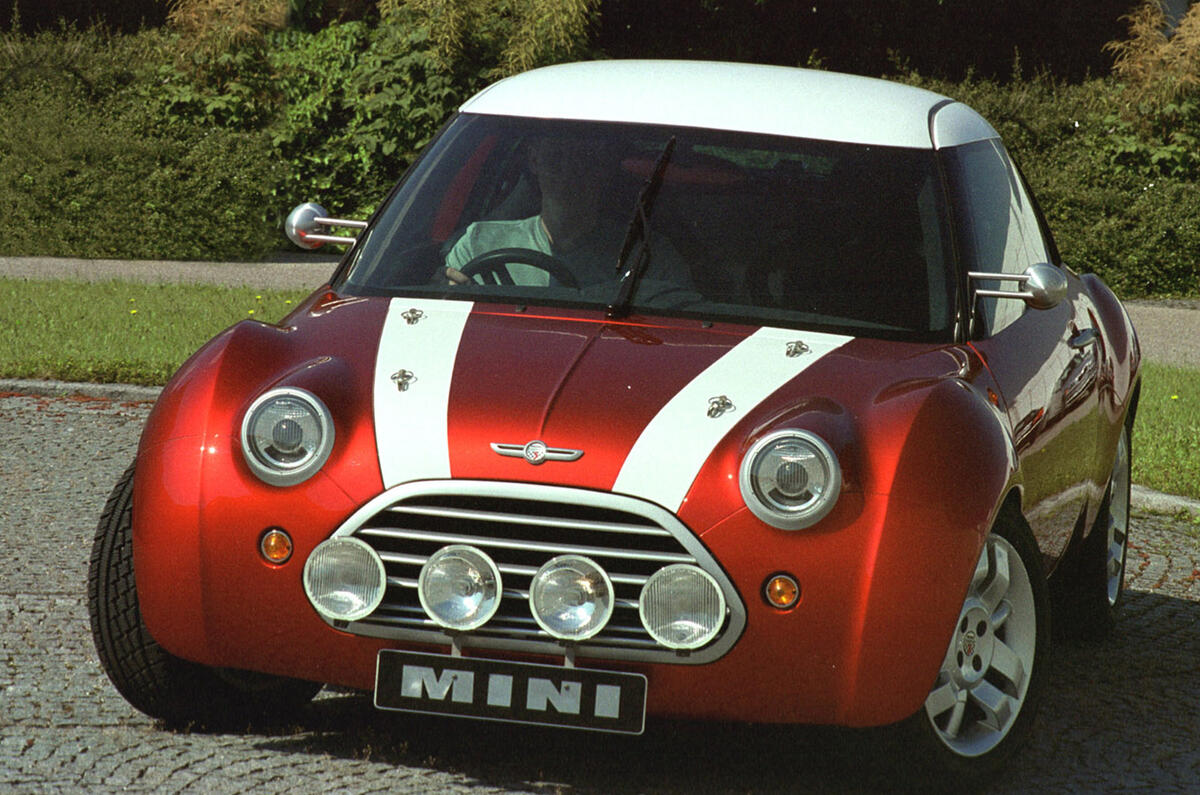
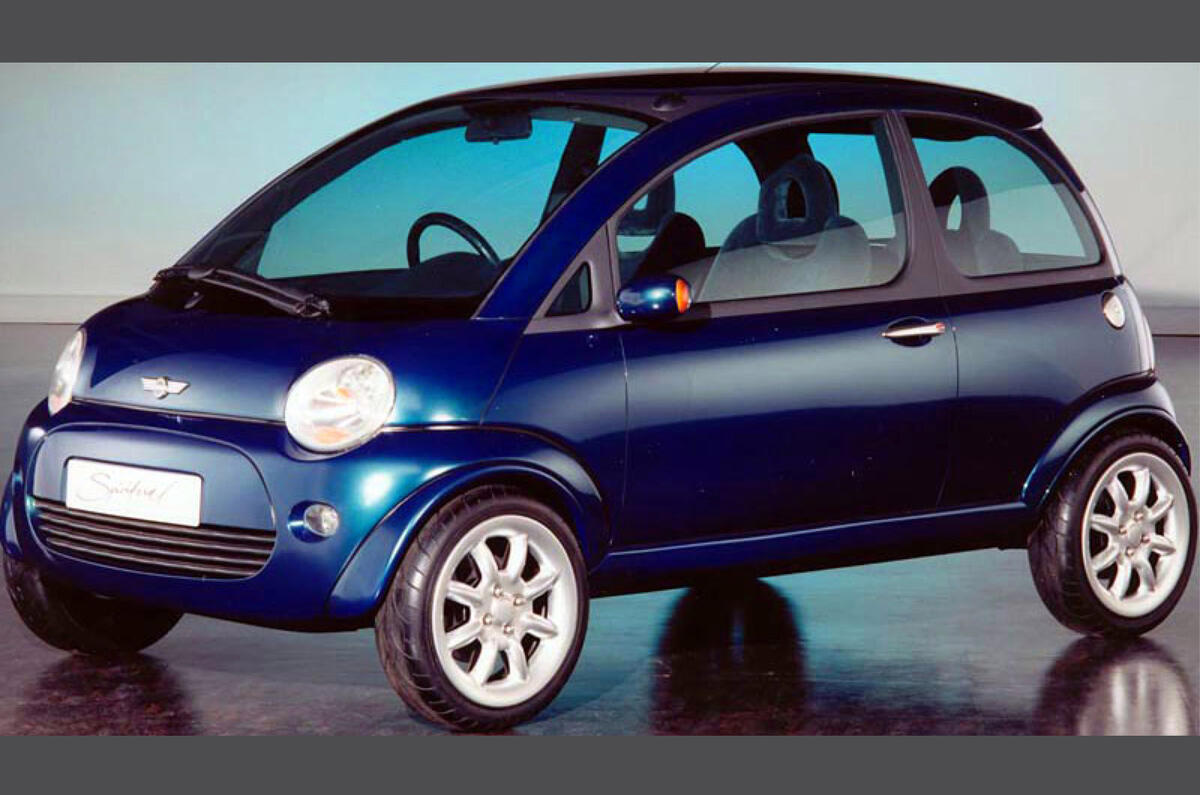
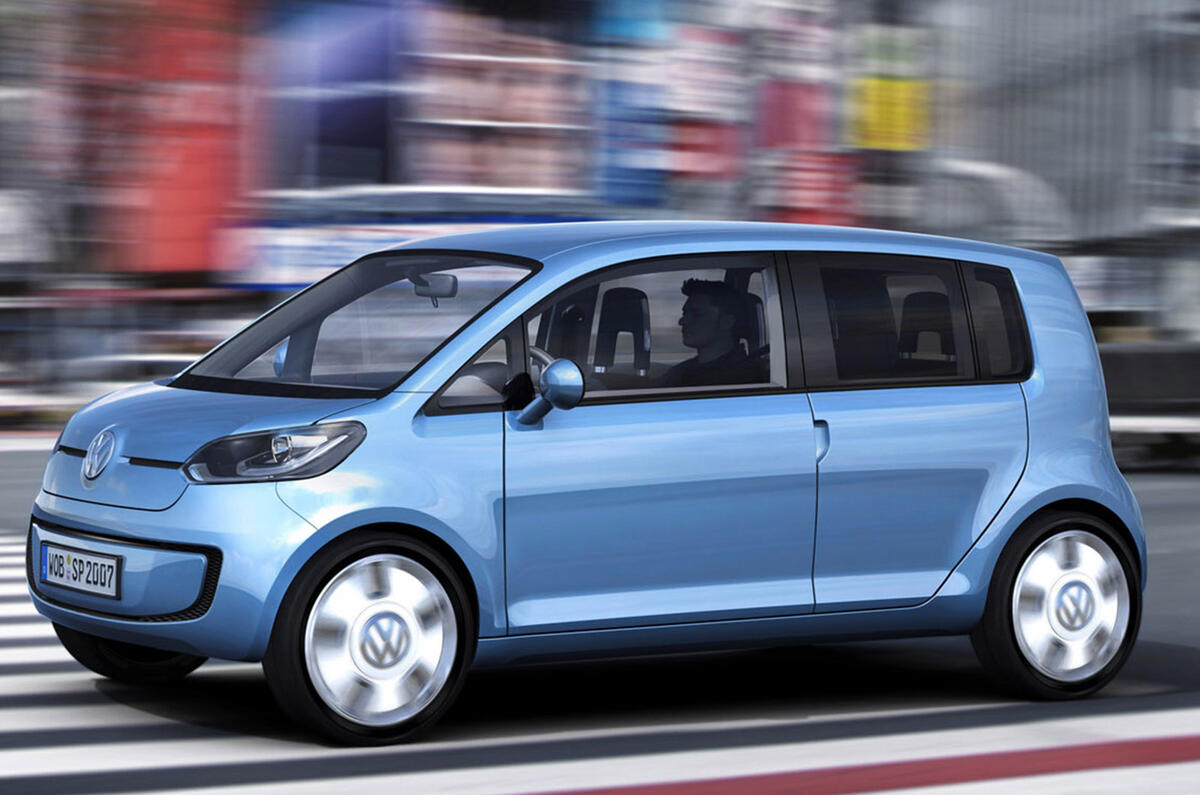
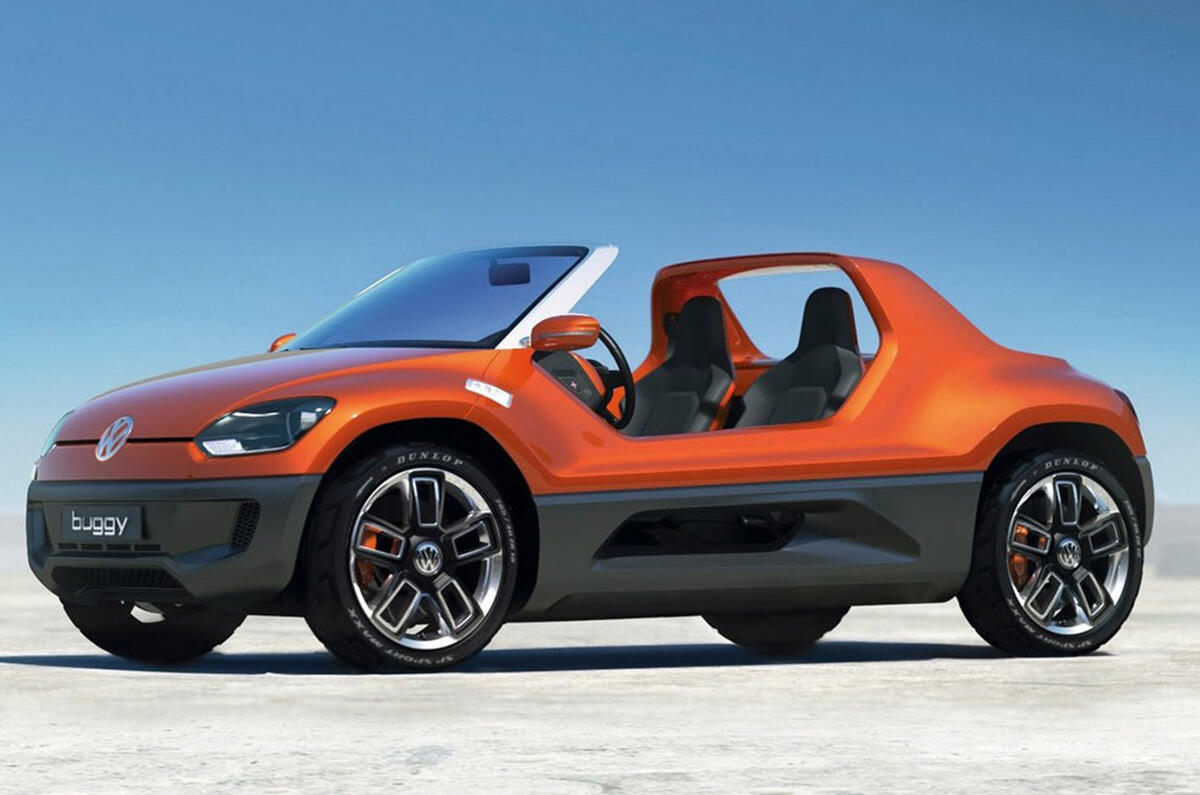
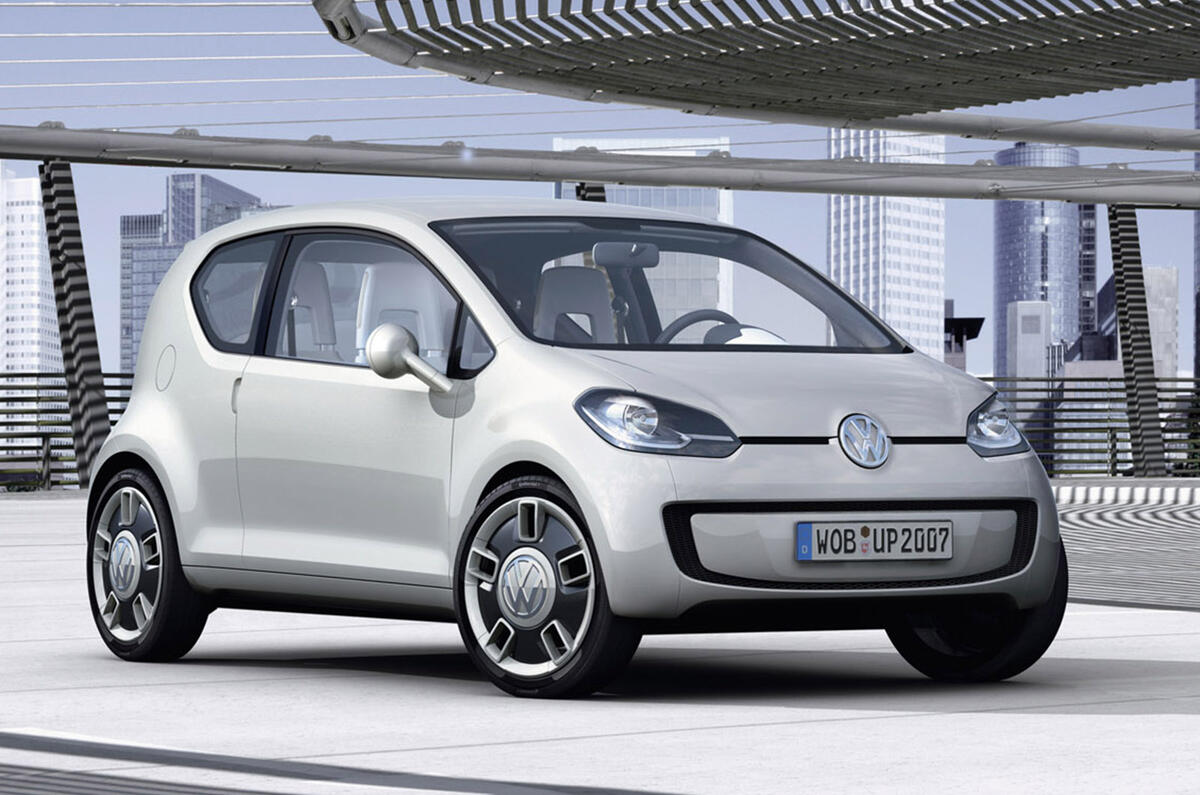
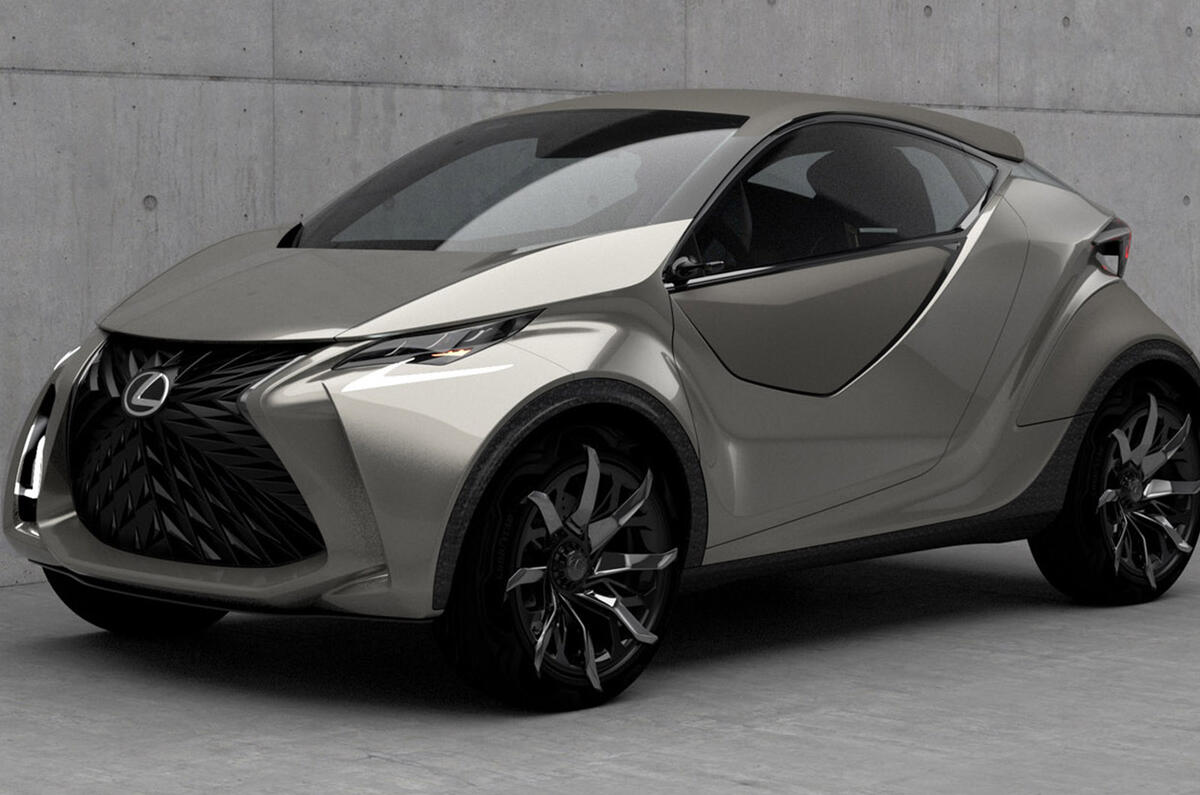
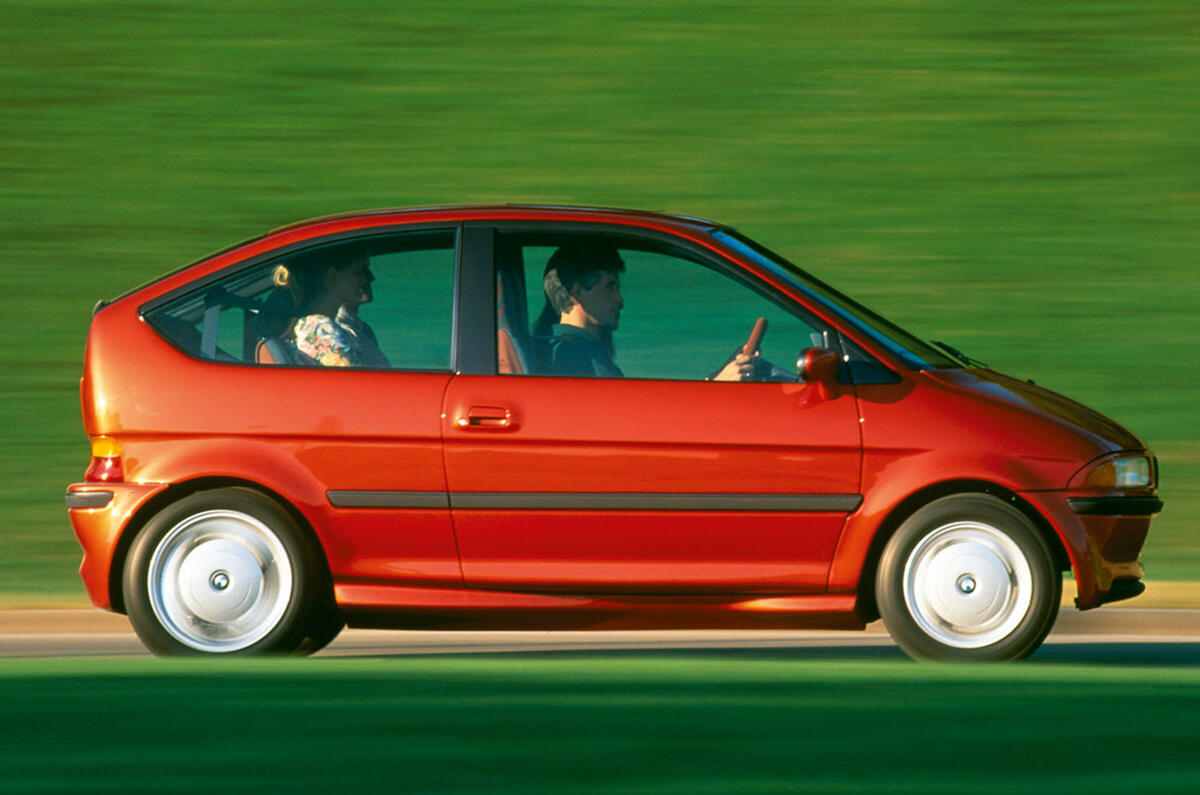
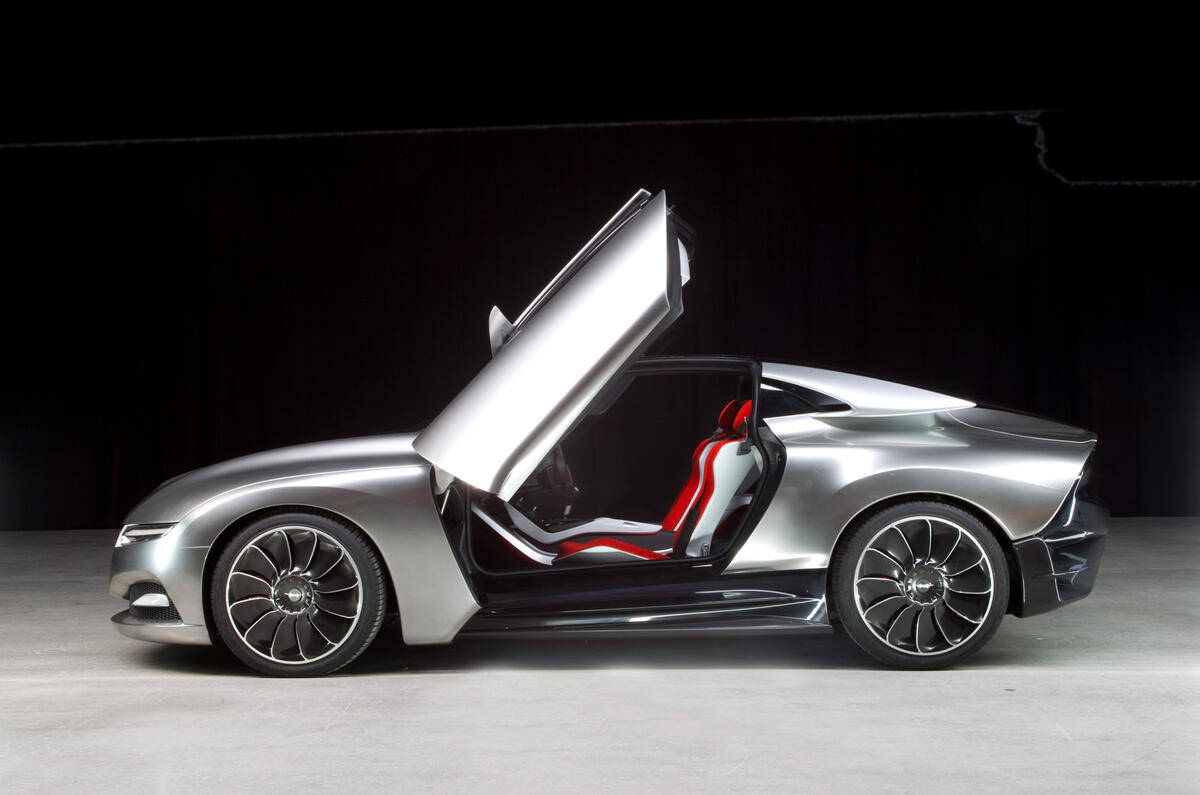
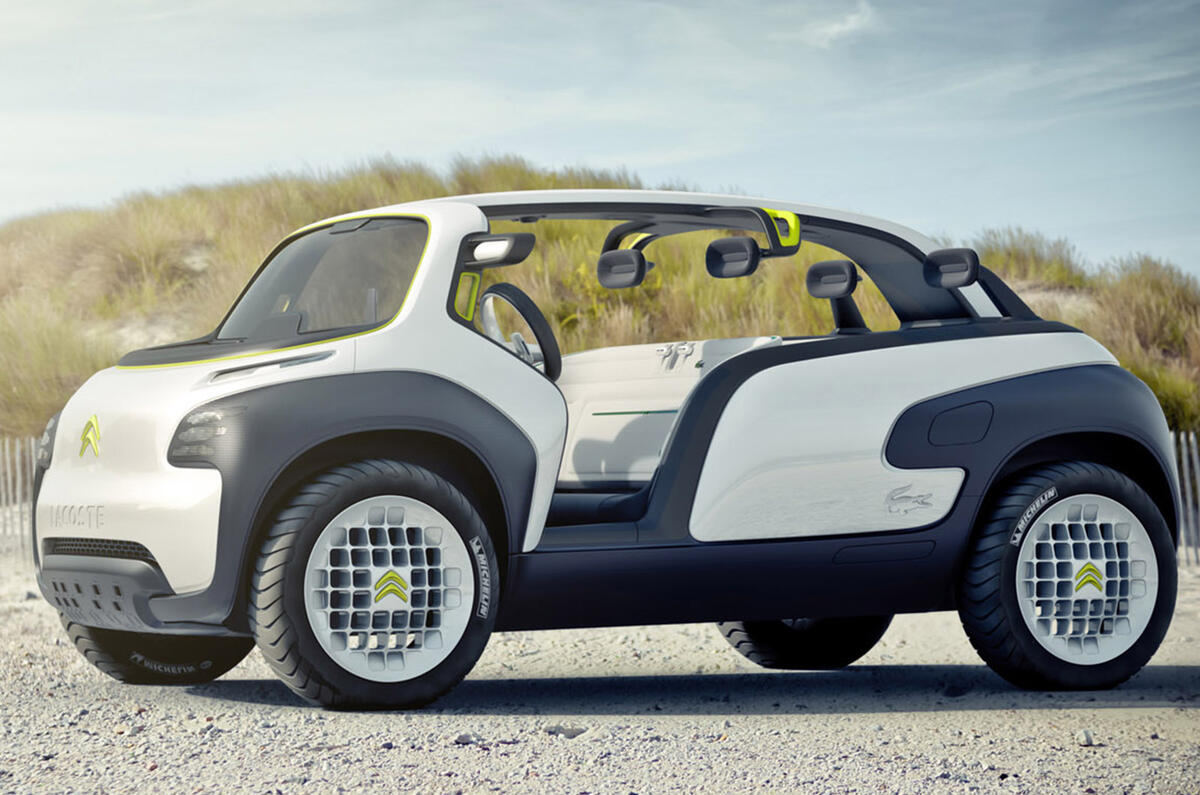

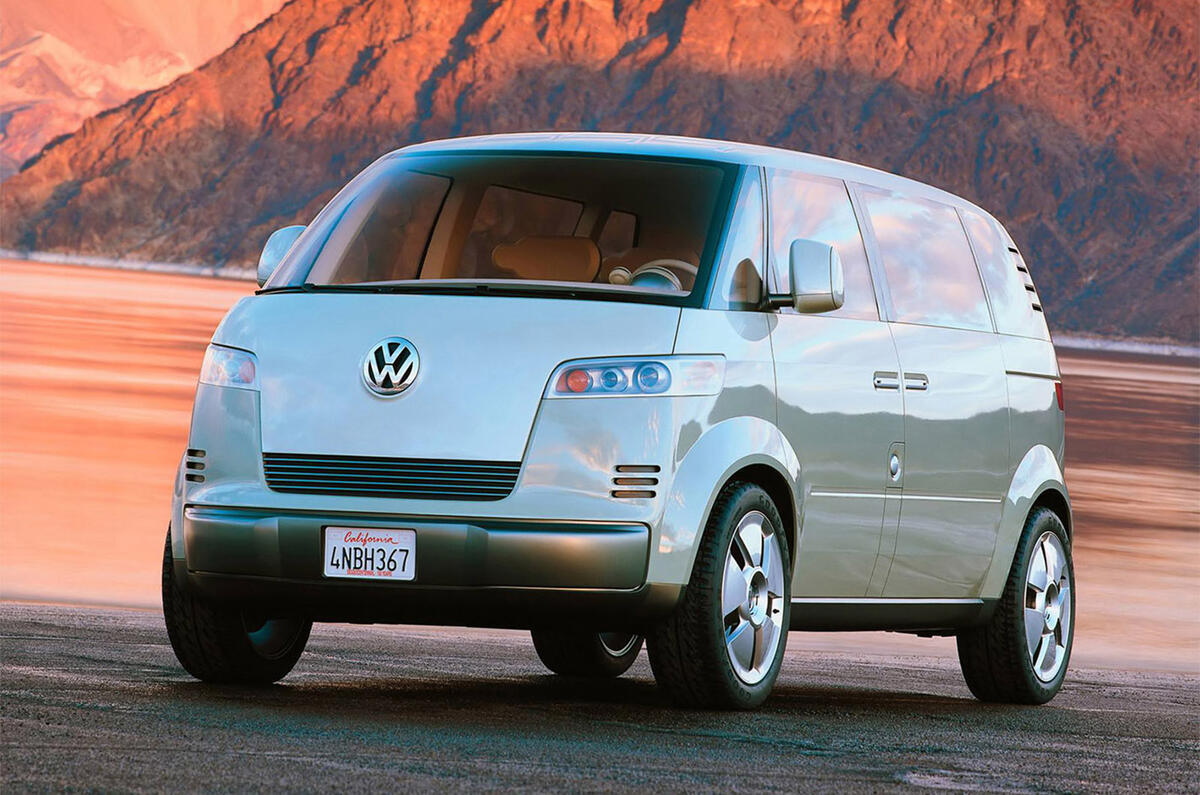
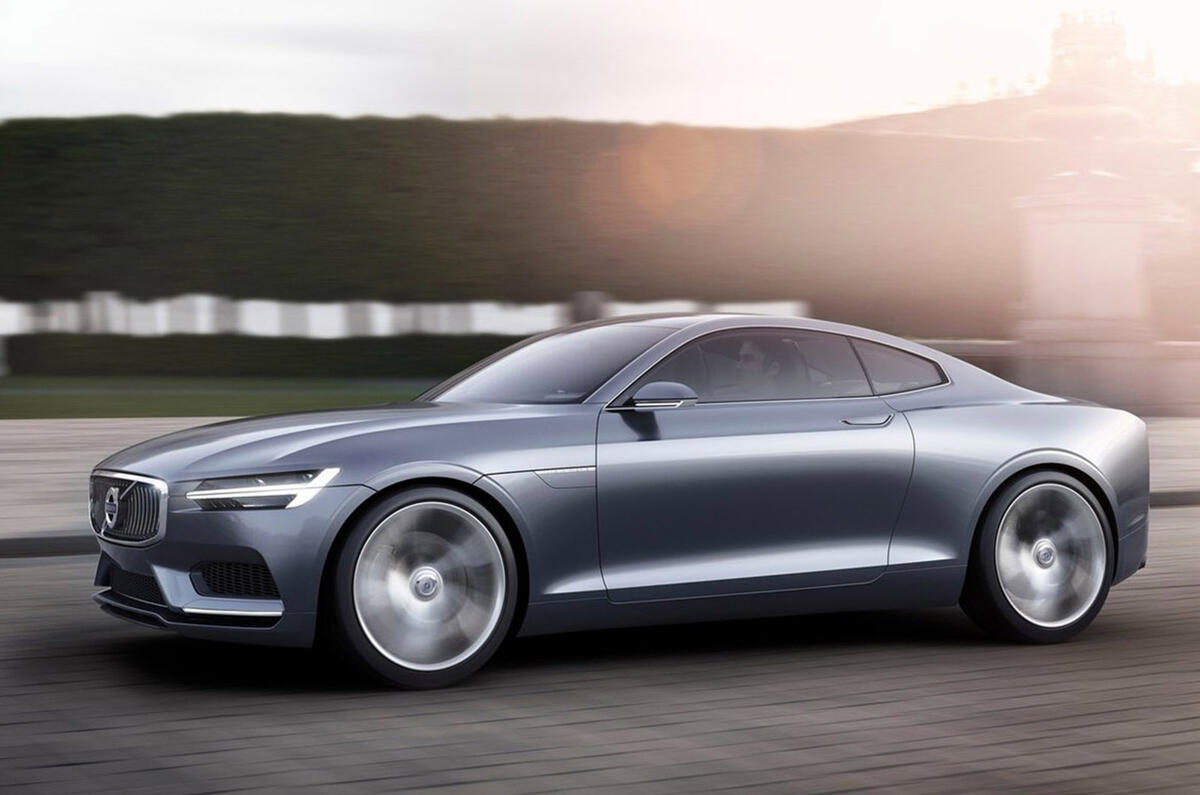
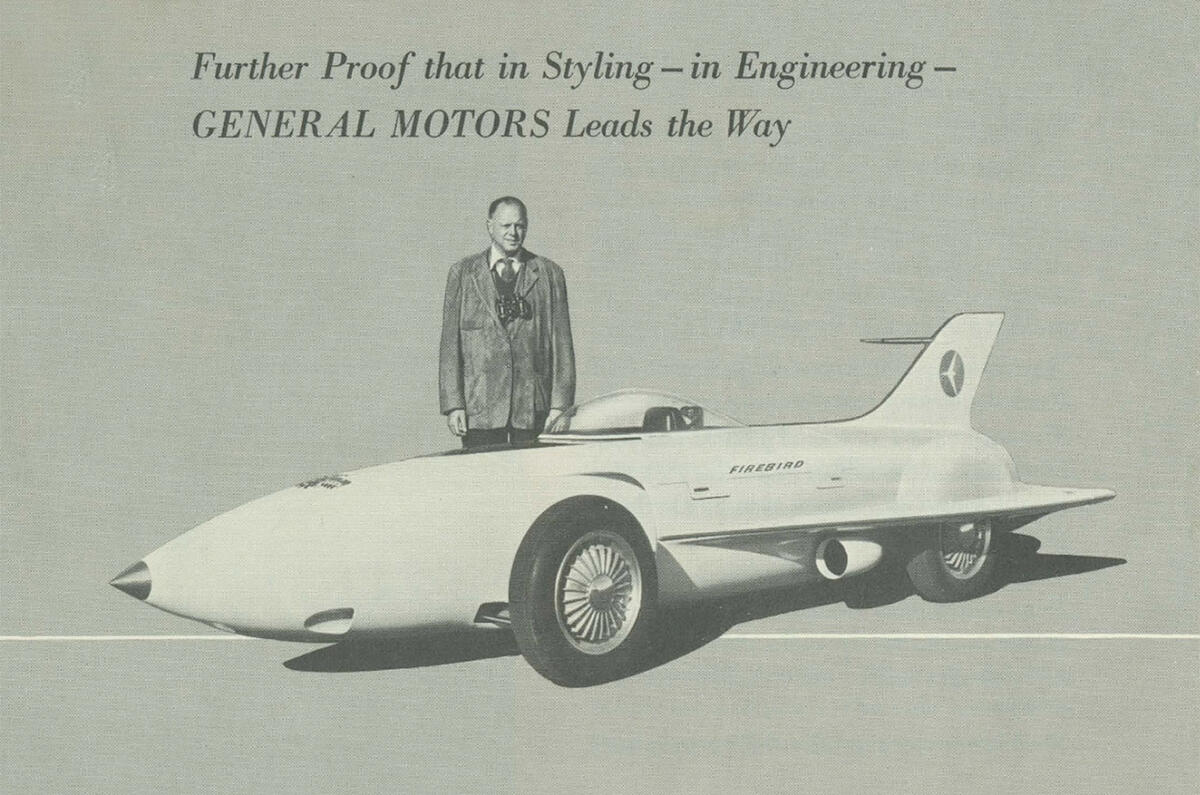
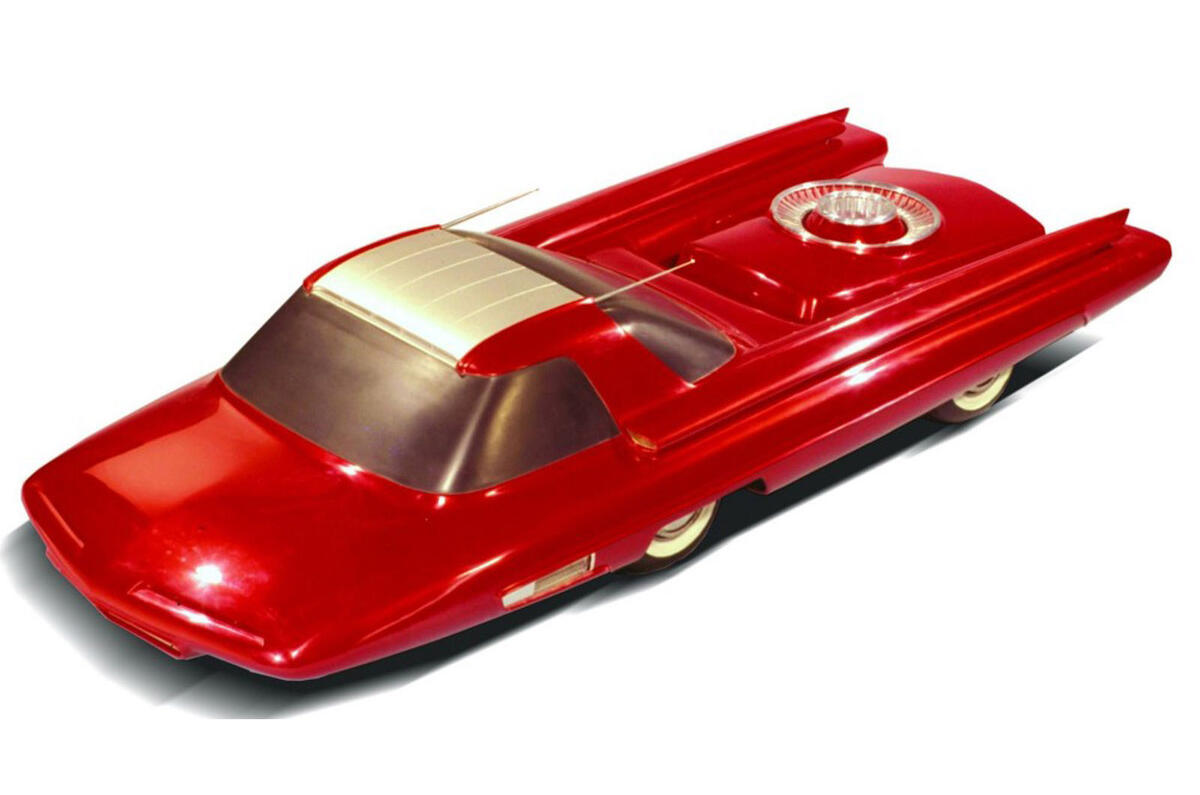

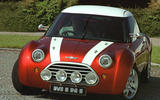

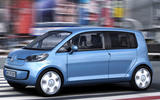
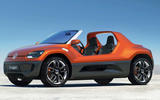
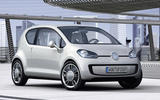
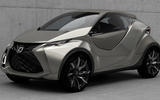

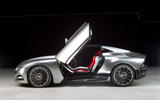
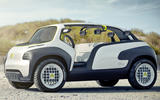

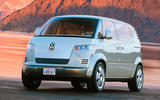
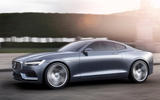
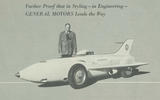
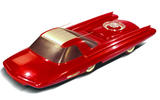


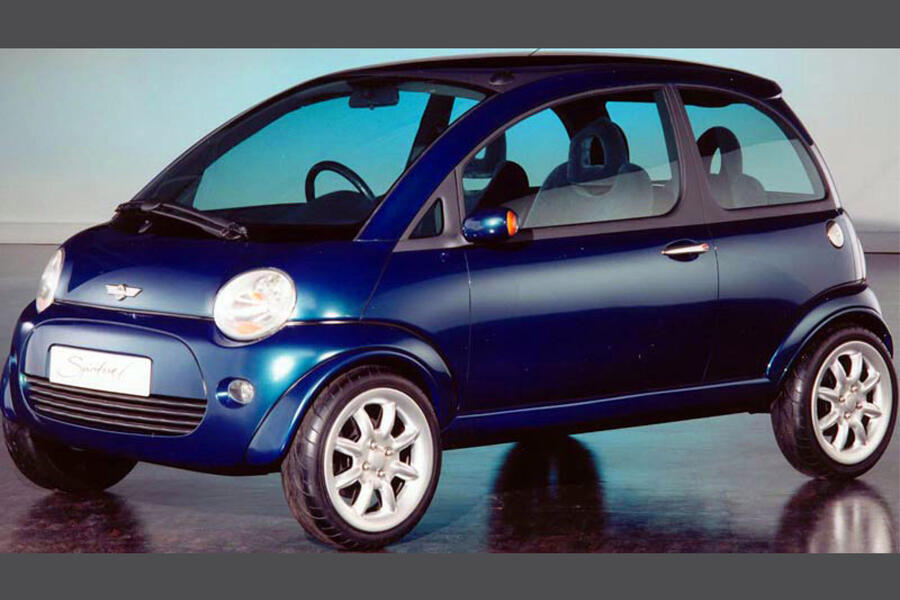
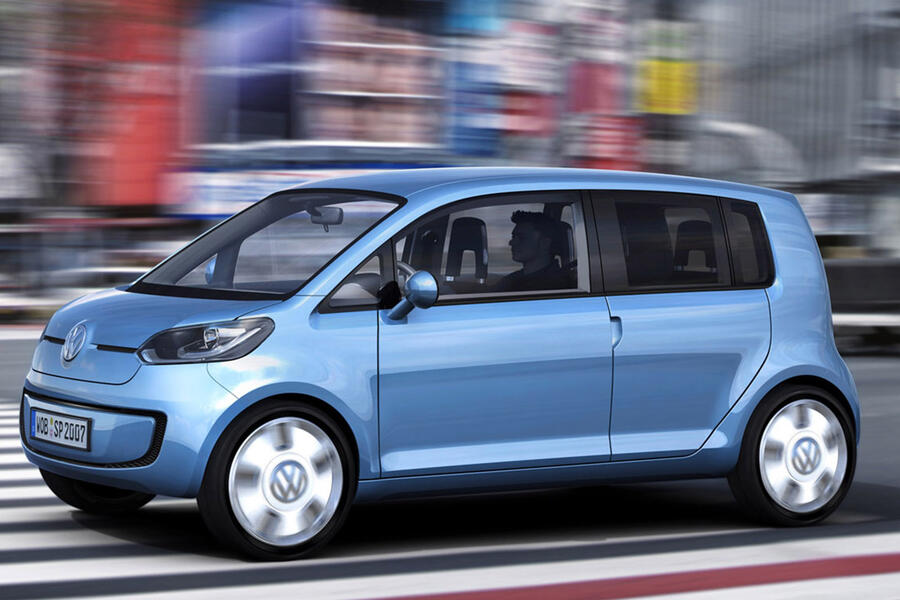
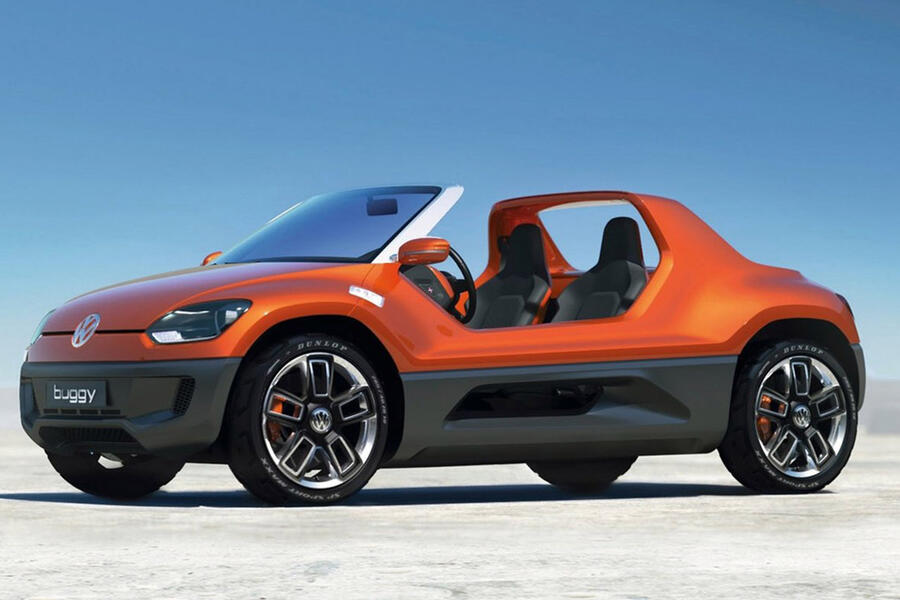
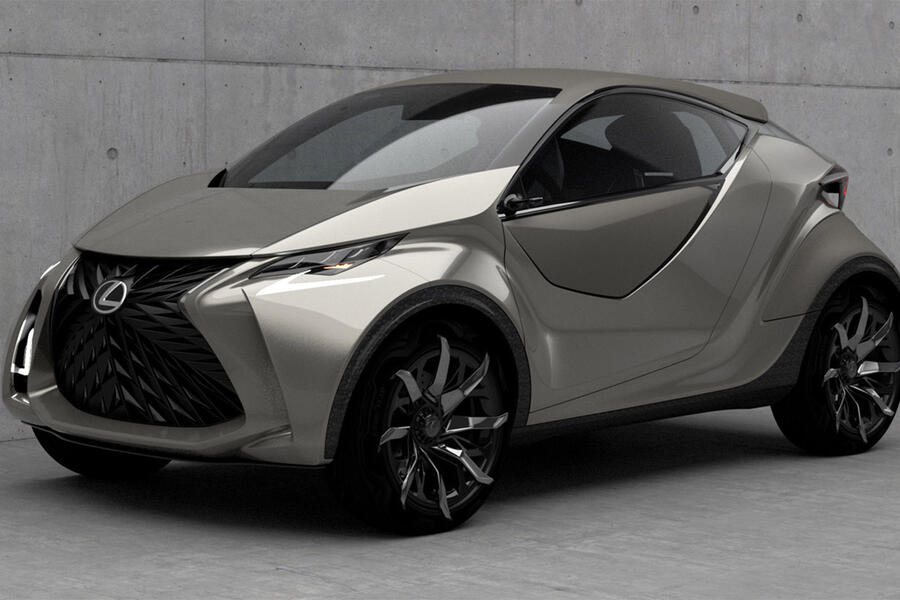
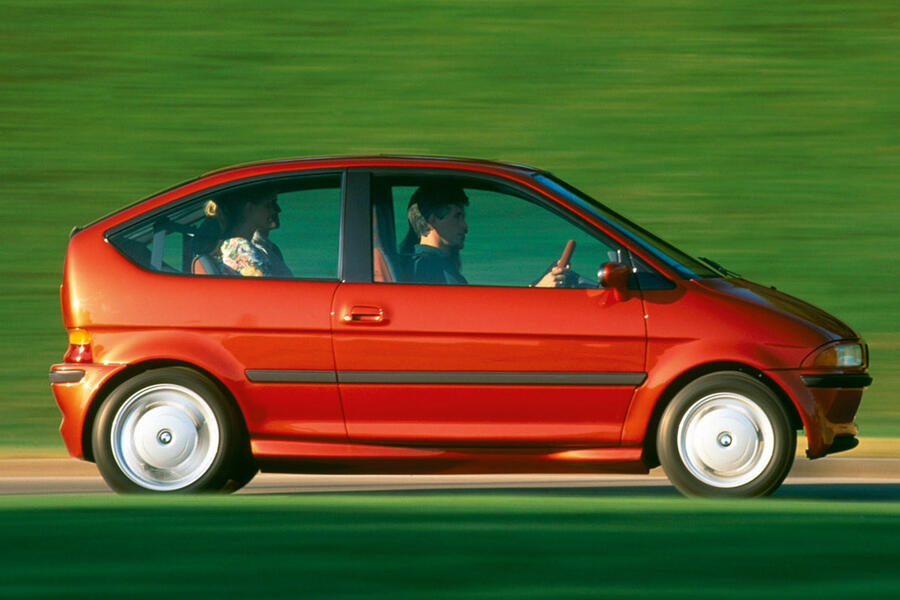
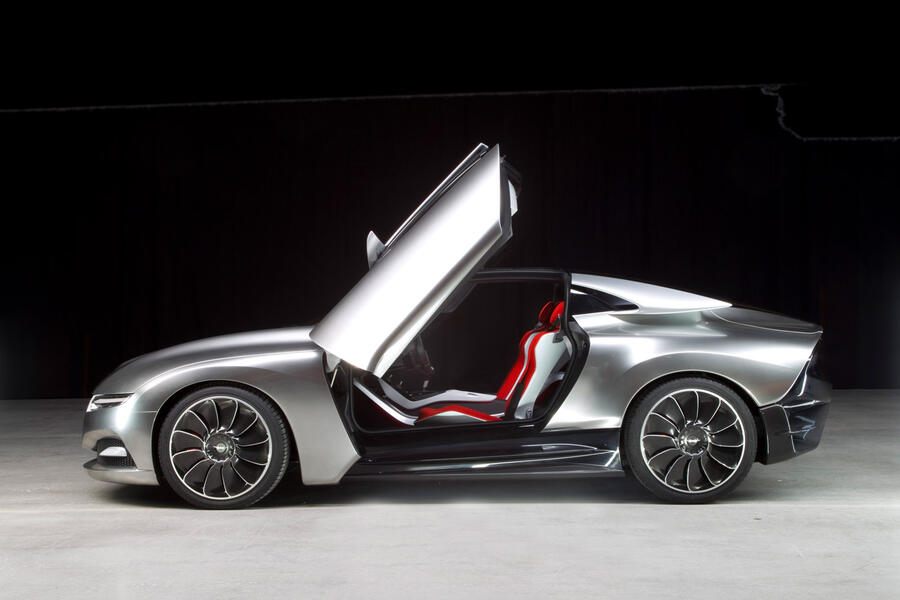
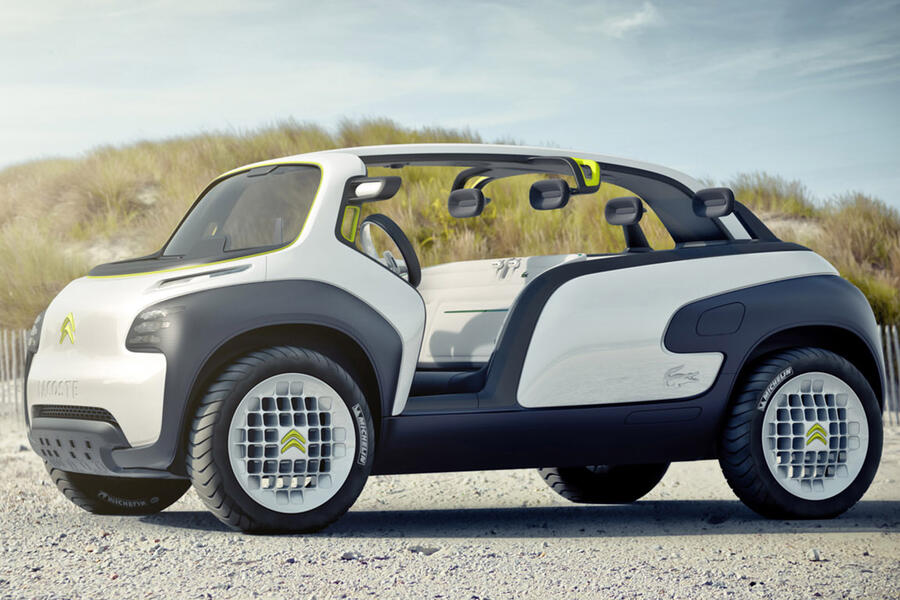

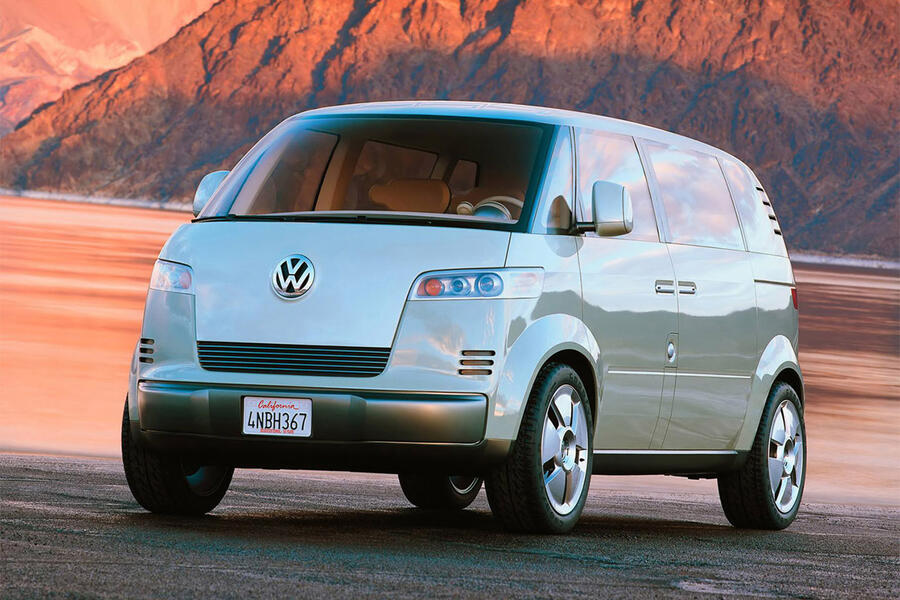
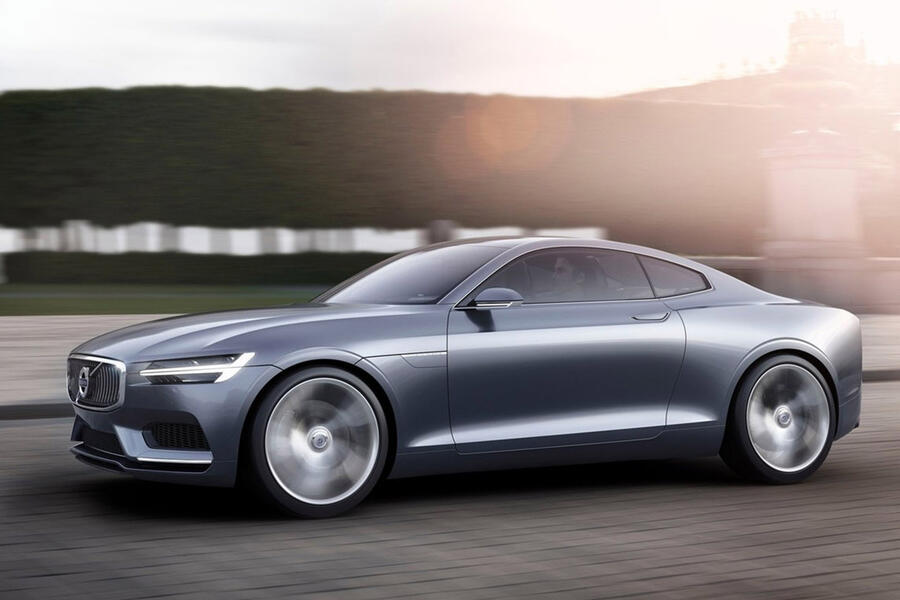
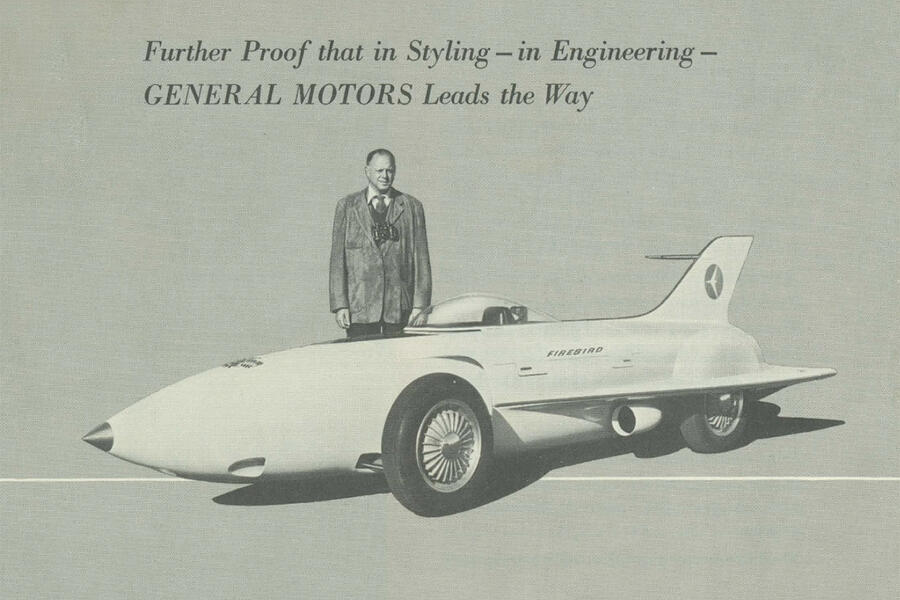
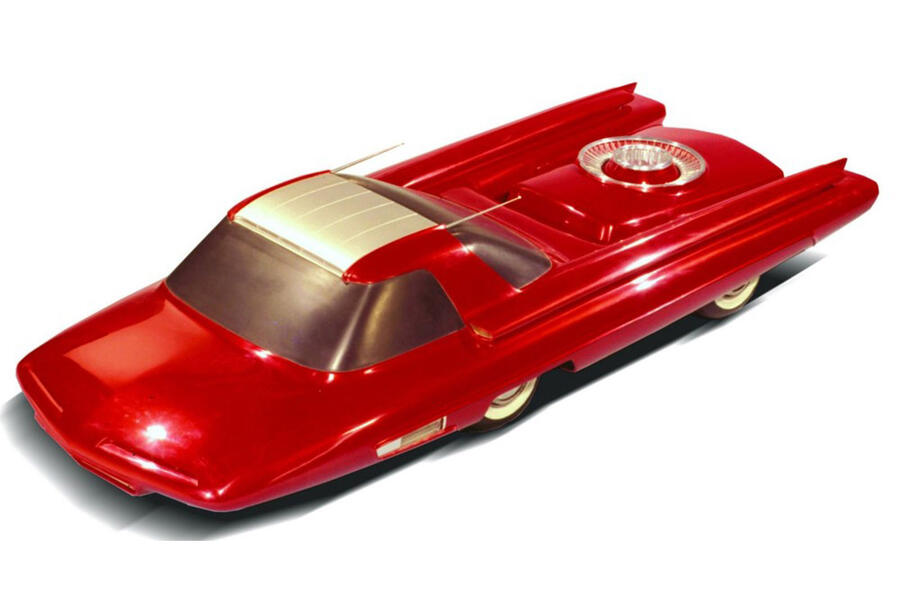
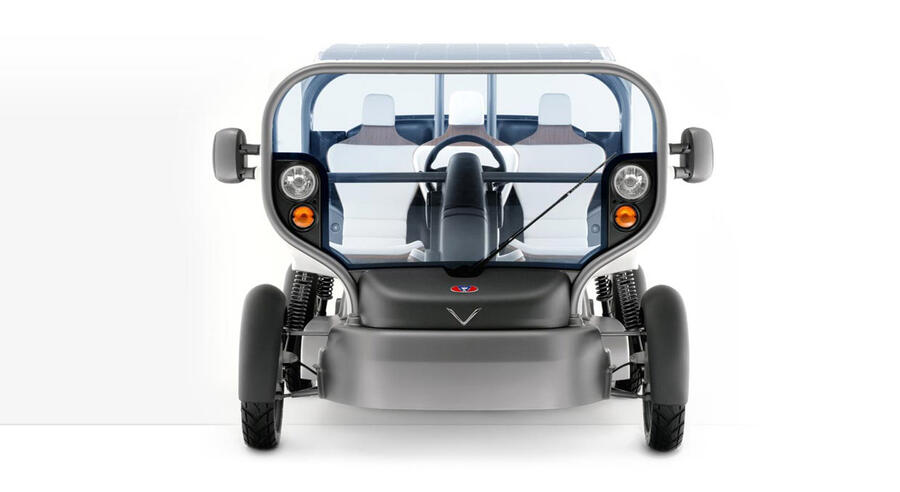

Join the debate
Add your comment
It's a pity the world was
It's a pity the world was deprived of the Saab phoenix. I would've been happy to ogle that the in the metal.
Answer to the above: Three
Answer to the above: Three times.
So sad the 2001 VW Microbus
So sad the 2001 VW Microbus wasn't made. After 19 years !!! it still looks fresh and avant-garde.
Another VW that tragically didn't make it is the Space Up, it looks spacious and practical within its compact overall dimensions. Who needs a Polo when you could (or as it tuns out, couldn't) have this?
Let's see how many times I have to post this before it gets accepted.